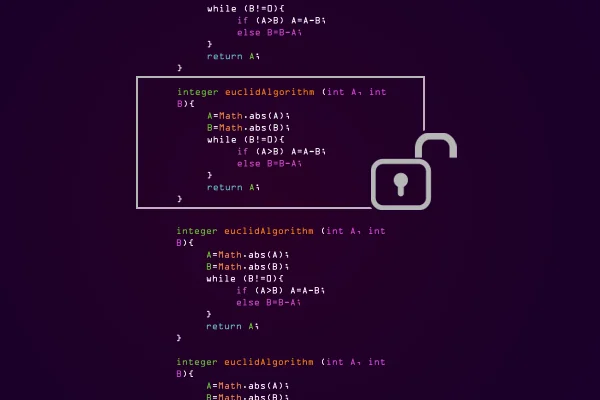
Developments in IT have made it possible to design different assessments, thus boosting the number of ways students can demonstrate their skills and abilities. Recent work has focused on logfile analysis, educational data mining and learning analytics. A systematic review of media studies was conducted to detect these effects the results were varied. Around the turn of the millennium, studies centred on computer-based and paper-and-pencil test comparability to ascertain the effect of delivery medium on students' test achievement. Developments in technology-based assessment stretch back three decades. This paper presents developmental trends in technology-based assessment in an educational context and highlights how technology-based assessment has reshaped the purpose of educational assessment and the way we think about it. The possibilities, advantages and challenges of TBA are growing in accordance with the level of application (e.g., item development, delivery, scoring and feedback), type of technology (e.g., desktop computer, touchscreen tablets and eye-tracking technologies), methodology used (e.g., fixed testing or adaptive testing), delivery (e.g., internet-based, local server delivery and delivery on removable media), scoring (e.g., automatic, computer-based (CB), but not automatic, human scoring item-level scoring based on the actual answer of the students or logfile and process data analyses based on the actions of the students), item types (e.g., traditional multiple-choice or state-of-the-art third-generation innovative item types, including interactivity), domains (e.g., domains can be assessed using traditional methods, such as reading fixed texts, or domains requiring TBA, such as reading digital and printed texts) and the technological conditions of the assessment.

The use of technology in assessment may lead to improved assessment, thus offering numerous advantages (e.g., automatic item generation, presenting dynamic stimuli and automatic scoring Becker, 2004 Csapó et al., 2014 Dikli, 2006 Mitchell et al., 2002 Valenti et al., 2003), cutting costs (e.g., delivery, distributing results and evaluating answers Bennett, 2003 Christakoudiset al., 2011 Wise and Plake, 1990) and laying the groundwork for new innovations (e.g., measuring new constructs and using new item types Dörner and Funke, 2017 Pachler et al., 2010) in educational assessment.


 0 kommentar(er)
0 kommentar(er)
